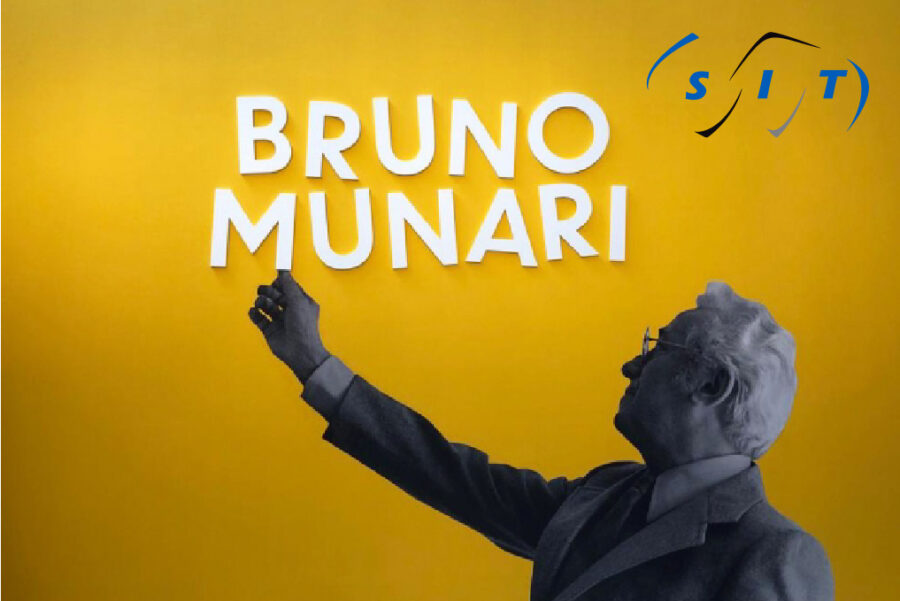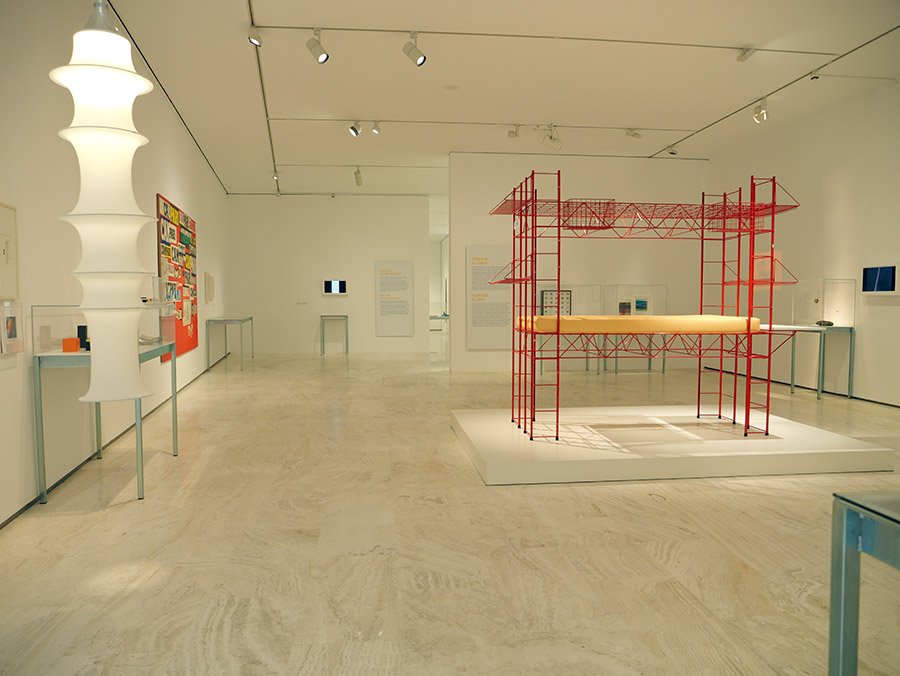
The Museo de Arte Contemporáneo de Alicante presents a wonderful exhibition dedicated to Bruno Munari. The exhibition, which can be seen until 25 September, has been produced in cooperation with the Fundación Juan March and with the collaboration of the Consorci de Museus.
An exhibition of a marvellous artist, Bruno Munari (Milan, 1907-1998), one of the few artists to have had a significant influence on 20th century culture and whom Picasso defined as “a Leonardo of our time”.
The exhibition, curated by Marco Meneguzzo, Manuel Fontán del Junco and Aida Capa, covers all aspects of the artist’s artistic production and reveals the abundance of media used by the author in his plastic and visual research, always experimental and innovative.
The exhibition in which SIT Spain was fortunate enough to participate in its mounting has been made possible thanks to the generosity of the owners, who have lent Munari’s pieces during this long period. Such as the Fondazione Jacqueline Vodoz e Bruno Danese in Milan, the Repetto Gallery in London, the Lafuente Archive, the Helga de Alvear Museum of Contemporary Art, the Cadaqués Gallery, the Archivio Ugo Mulas and various private collections.

This monographic exhibition on the author has been conceived as if it were “a group exhibition of Bruno Munari” (a subtitle he himself gave to one of his shows), because it presents a very varied set of processes and results that, with imagination and method, Bruno Munari produced.
In parallel to his work as an artist, Munari developed a very important activity as a graphic and editorial designer, in which he applied a rigorous method. All his work appears to be animated by a strong pedagogical vocation. In the late 1970s, at the Pinacoteca di Brera in Milan, he set up his “Munari laboratories”, workshops for children with active proposals for learning by doing, experimenting and playing.
The exhibition includes a creative workshop inspired by Munari’s work, specially designed for the occasion, with its own space for children, young people and families to live together with the pieces of the great Lucini Alphabet, created by the artist from a variety of materials.